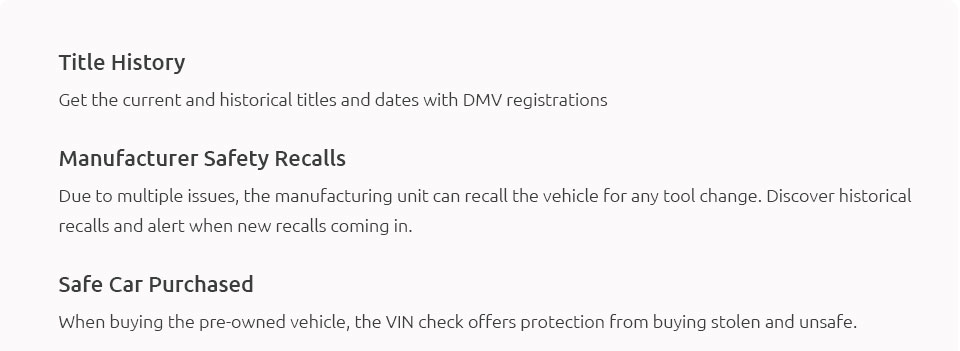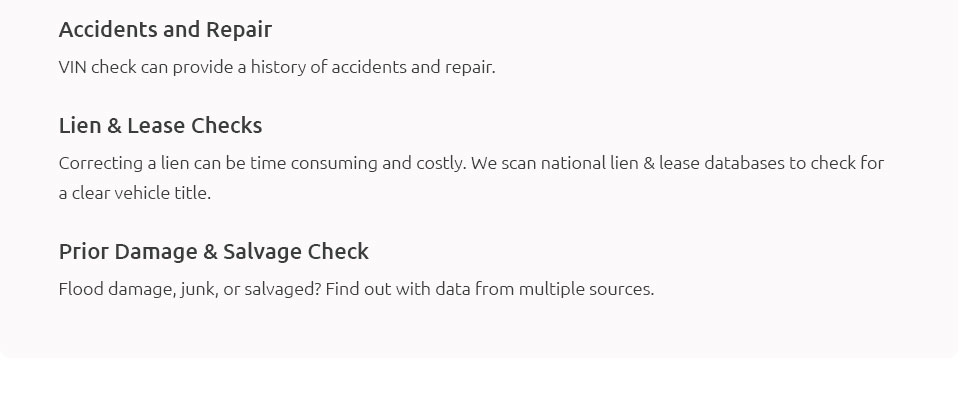 |
 |
 |
 |
 |
||
 |
 |
|
 |
 |
|
 |
 |
 |
 |
||
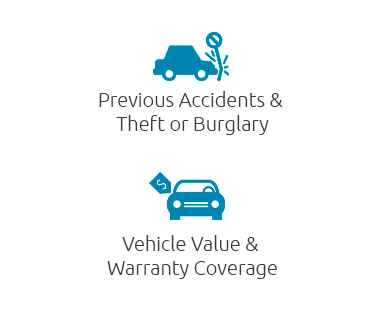 |
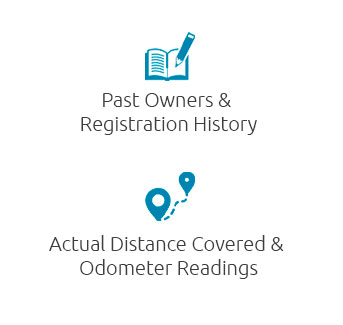 |
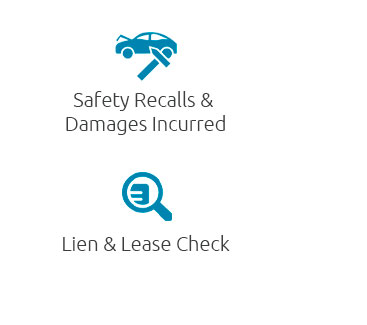 |
 |
 |
 |
||||
|
||||
 |
 |
Discovering Auto Paint Codes by VIN: A Comprehensive Guide In the world of automobiles, the Vehicle Identification Number, commonly known as the VIN, serves as a unique fingerprint for each vehicle, offering a treasure trove of information, including the elusive paint code.
Many car enthusiasts and owners find themselves in a predicament when trying to restore or touch up their vehicle's paint. The challenge often lies in accurately identifying the exact paint shade, especially when time and elements have altered the car's original color. This is where the concept of auto paint codes by VIN comes into play, providing a solution that is both precise and accessible. By utilizing the VIN, which is a 17-character alphanumeric identifier, one can unlock a plethora of details about a vehicle, such as the manufacturer, model, and even the specific plant where it was assembled. However, among these crucial pieces of data, the paint code stands out for those keen on maintaining their car's aesthetic integrity. So, how does one go about extracting this paint code using a VIN? The process is surprisingly straightforward. Online resources and services have made it easier than ever to search VIN by plate number or directly input the VIN into databases that return detailed specifications, including paint codes. These platforms are particularly useful for those who may have lost their vehicle's original documentation or are dealing with a pre-owned car where the history might be a tad murky. In addition to simplifying the identification process, utilizing the VIN to find paint codes ensures accuracy. This accuracy is paramount, as even the slightest deviation in paint shade can be glaringly noticeable, especially under varied lighting conditions. Moreover, having the precise paint code allows for seamless integration of new paint with the old, ensuring that repairs or enhancements do not compromise the vehicle's overall look.
It's worth noting that while the VIN is a powerful tool, it's not a panacea. Some older vehicles might not have comprehensive records available, which can complicate the process. However, for most modern vehicles, the VIN serves as a reliable starting point for paint identification. For motorcycle enthusiasts, a similar approach can be applied by choosing to run motorcycle VIN checks, ensuring that two-wheelers are as meticulously maintained as their four-wheeled counterparts. In conclusion, the integration of VIN checks into vehicle maintenance routines offers substantial benefits. It enhances the precision of repairs, preserves the vehicle's aesthetic appeal, and ultimately contributes to a more satisfying ownership experience. For those passionate about their vehicles, embracing this method is not just about maintaining appearances but about respecting the craftsmanship that went into creating each unique automobile. https://www.quora.com/How-can-I-find-the-paint-code-of-cars-using-VIN-I-want-any-website-that-asks-for-VIN-and-provides-color-code-by-themselves-instead-of-showing-possible-locations-and-suggestions
I approach this question with the philosophy of, What information might I find on the driver's door opening along with the VIN? https://expresspaint.com/pages/find-my-paint-color-code?srsltid=AfmBOoq-oYsOK08mCRnwLK64avcrcmqG_2bsGWHIJufv6jW0IxtO4449
If you do not have the Owner's s manual, or the code on your vehicle is illegible, contact your dealer with your VIN number, and they should be able to provide ... https://partifyusa.com/blogs/leveraging-your-vin-with-partify/using-your-vin-to-find-your-paint-code-with-partify-partify?srsltid=AfmBOoo1kF8u0Lb3LEsPMe6H8ShzJ3184WC-qloia3pDPY1WKl5J2kr-
That's why we've added a brand-new VIN lookup tool to our website, designed to take the guesswork out of finding your car's exact paint code.
|

